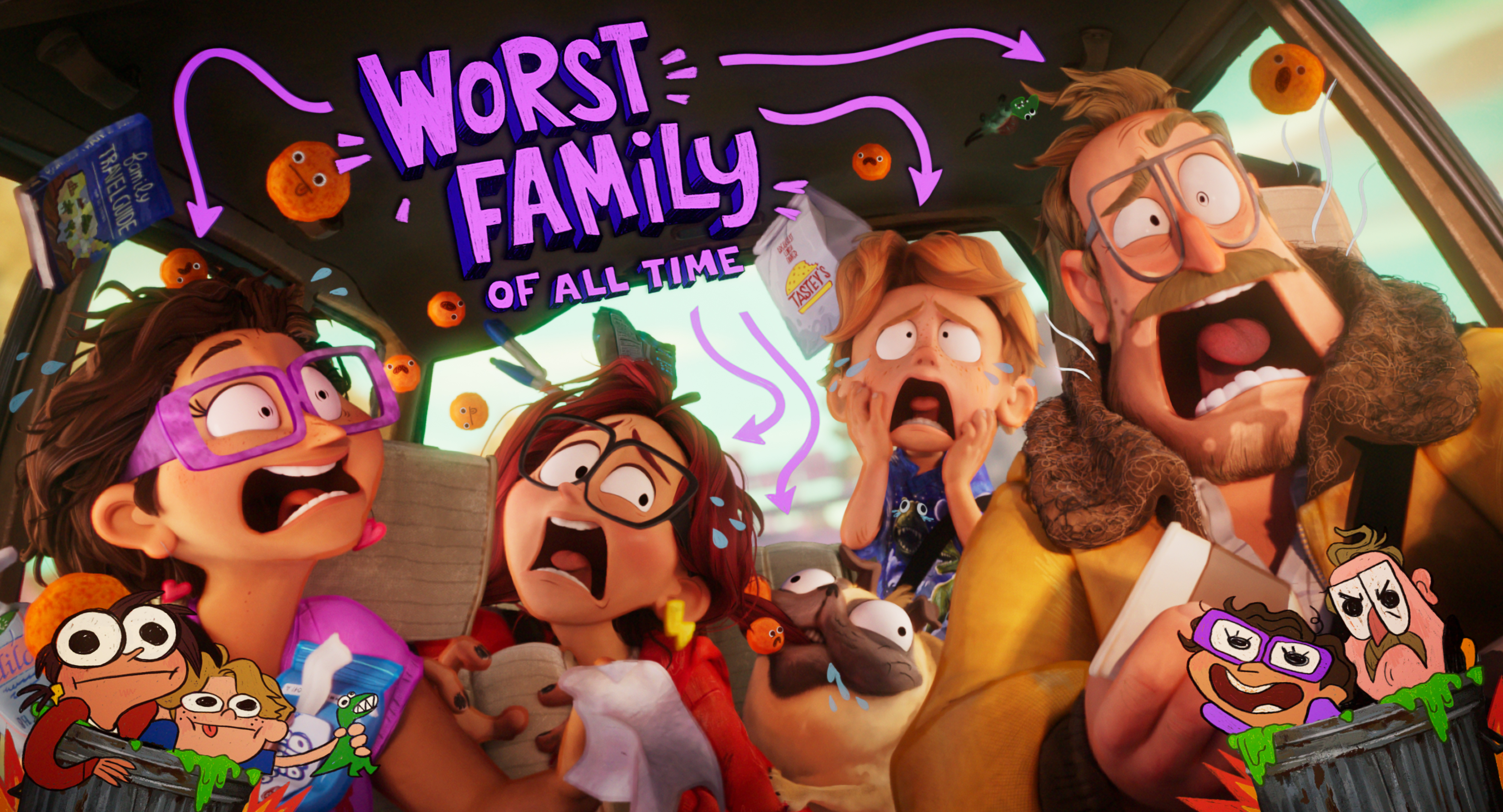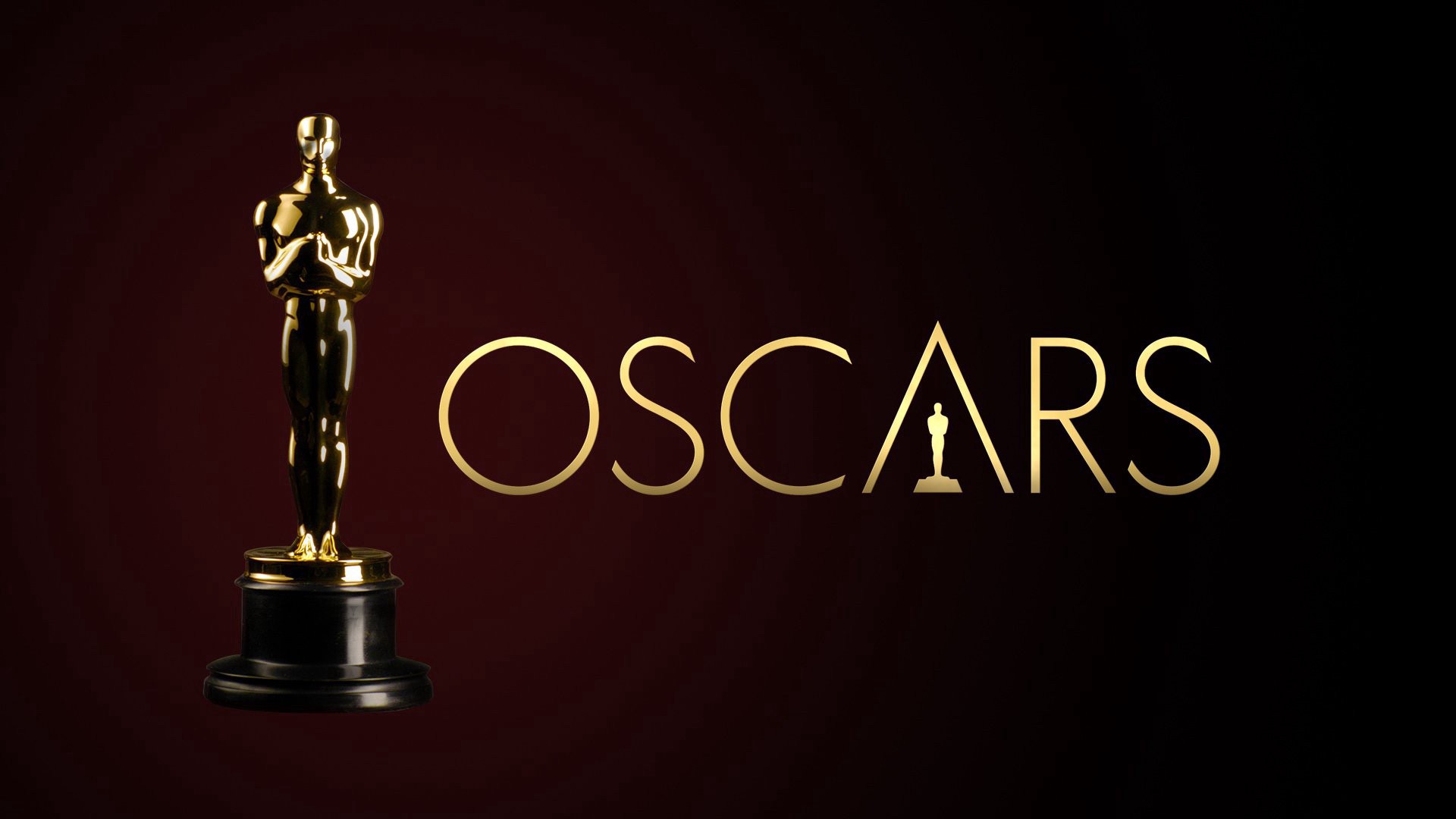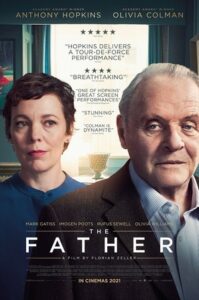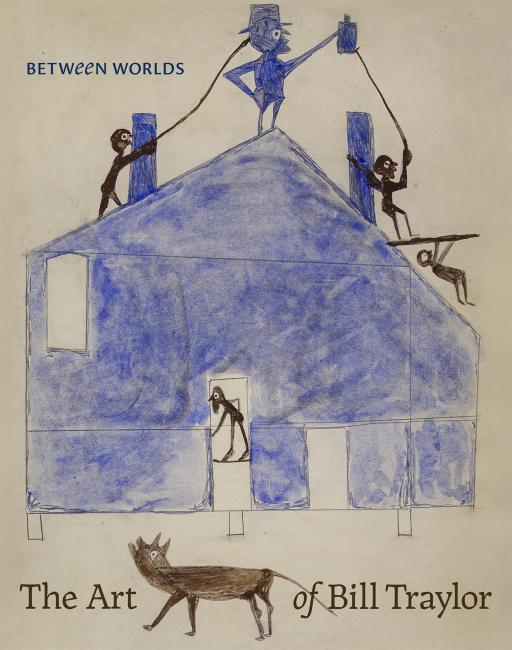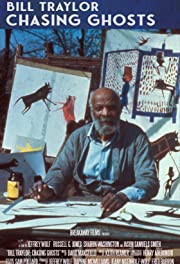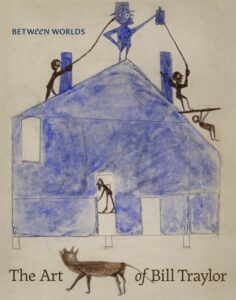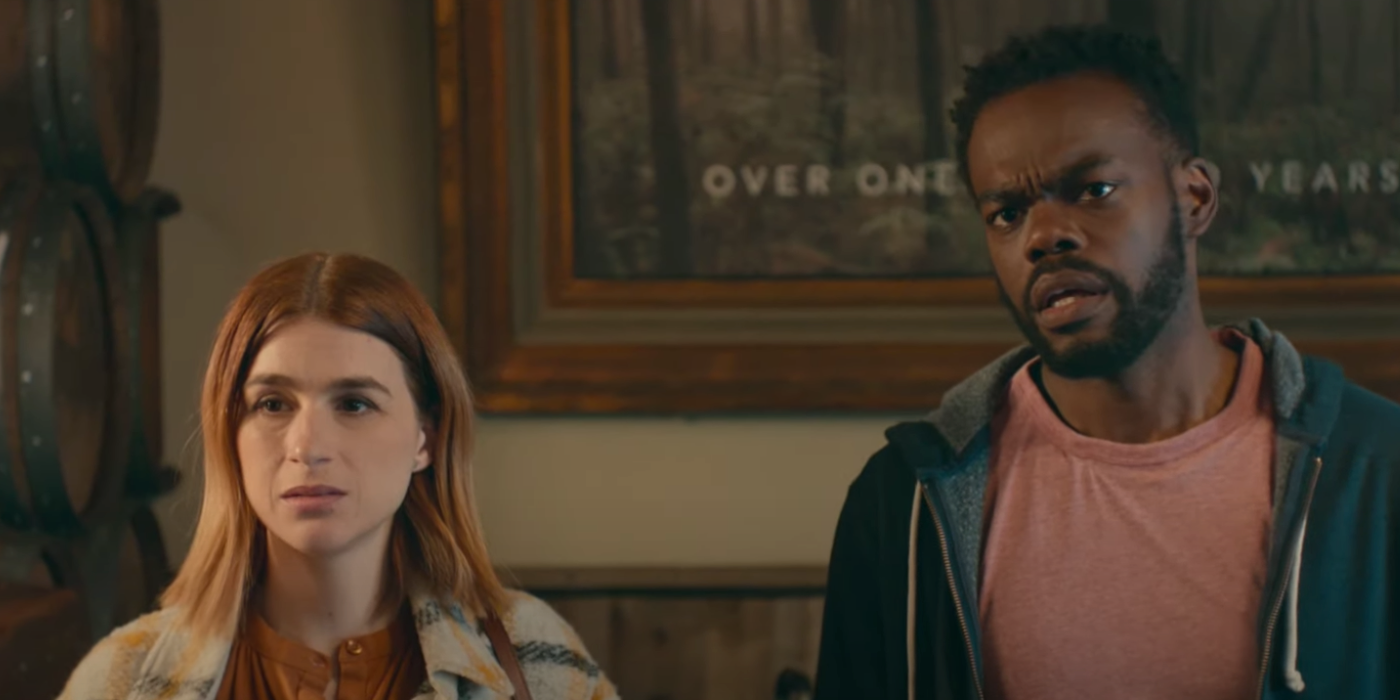The Filmmakers on “The Mitchells vs. The Machines”
Posted on April 27, 2021 at 11:17 am
I was lucky enough to attend a press event featuring the producers Chris Miller and Phil Lord (the “LEGO Movie”) and producer Kurt Albrecht, along with co-writer and co-director, Michael Rianda. The moderator was my good friend and fellow Washington DC film critic Kevin McCarthy. Some highlights:
“Despite not having gone through a robot apocalypse, it’s a very personal story for me,” said Rianda, who also provides some of the voices in the film. “The dad is based on why day who would always say, ‘Put down your Gameboy! There’s a sparrow!’ My dad loved nature to a degree that is haunting.” He said everyone on the team brought their own family histories and experiences to the film, and that is why it was important to him to have not just the names but the photos of the filmmakers and the families in the closing credits. Miller said his dad was also a nature nut who loved to stop in the middle of family car trips to have a snowball fight or enjoy the outdoors.
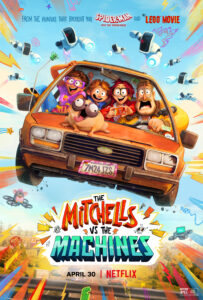
The main character in the film is Katie, voiced by Abbi Jacobson, an aspiring filmmaker. In her room she has a Mount Rushmore of filmmakers. So McCarthy asked the panel who they would pick for their own Mount Rushmore. All of them agreed on Hal Ashby (“Shampoo,” “Harold and Maude,” “Being There”), which is probably how he ended up on Katie’s wall. Rianda also picked Studio Ghibli animation giants Hayao Miyazaki and Isao Takahata along with Martin Scorsese. Lord said that at Katie’s age he would have added Tim Burton, Spike Lee, Chuck Jones (bold and inventive) and Mel Brooks. Miller picked the Coen brothers, Billy Wilder, and Akira Kurosawa. Albrecht would select Steven Spielberg and Pixar’s Brad Bird.
A theme in the film is social media and the feelings of inadequacy and competitiveness it can entail. “Everyone thinks their family is nuts,” Rianda said. And when you finally admit it, the response is always, “Mine, too!” He said they wanted the Mitchells to be dysfunctional but loving. Casting real-life husband and wife and social media stars Chrissy Teigen and John Legend as the impossibly aspirational Instagramers the Mitchells envy turned out even better than he expected because they were so warm and accessible and eager to improvise. “Even though they seem perfect, they are very relatable.”
Another theme audiences will recognize is the Mitchells’ tendency to be on their phones instead of looking at what is in front of them. Rianda said that in his own life he has experimented with putting his and his wife’s phone in a safe at night and “in eight minutes you’re having the deepest conversation you’ve had in years. ‘What was your childhood like?’ You have to fill the silence somehow!” Miller’s family has a no-screens-at-the-table rule.
Lord talked about technological innovation in the film, and the fun of “taking it for a spin to see what it could do.” He wanted a “handmade, hand-painted, textured” look to the film, a “watercolor, ramshackle vibe.” The 1:85 ratio of the image also made it feel more intimate, as though you were in the Mitchells’ home.

